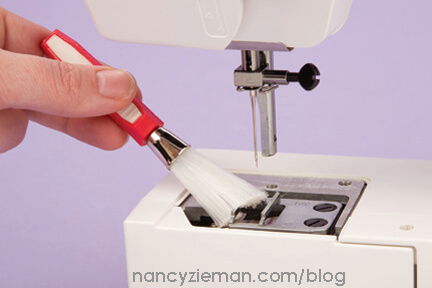
Spring Cleaning – For Your Sewing Room
By Emily Jansson, Nancy’s Notions guest blogger
Happy New Year!
The New Year is a time that we take stock of our lives, and zero in on the things that need improvement. Aside from the requisite visits to my gym, I’ve also resolved to sew more for myself.
On that note, I realized one other important thing about January—it’s the perfect time to put your sewing room through the rigors of a little pre-spring cleaning. Let’s start the New Year with a clean and tidy space.
I’ve compiled a checklist to get your sewing area in tip-top shape:
1. If you do nothing else, please tune up your machines—all of them. Spray embroidery machine thread channels and bobbin chase areas with canned air, remove stray threads, replace serger blades, and oil.

Remember, each machine has its own requirements—be sure to refer to your owner’s manual before proceeding. Some machines are not made to be oiled in all spots, or hit with air. Use discretion. If you’re not sure, contact your dealer.
Clean any digital screens with a microfiber cloth while the machine is off.
2. Take inventory of all blades and needles. Discard those that are bent, nicked, or dull. Replenish your assortment so you always have the right ones on hand.
3. Get rid of bent pins. Safely dispose of them with a sharps container. If you don’t have that, make one out of a used coffee can, Rx bottle, etc., that has a secure lid.
Run a strong magnet across the floor to pick up any stray pins, and follow by vacuuming up loose threads and fabric bits (if the threads are extra long, pick them up by hand—you don’t want those wrapping around the vacuum brushes). I love the lighted pin picker upper for getting in the darker nooks and crannies of my sewing area.
4. Use acleaning agent to remove residue from cutting mats, embroidery hoops, and any other hard surface that may be gummy from fusibles and spray adhesives.
5. Cutting mats: A cutting mat cleaner pulls up all kinds of gunk, and is a great thing to keep around. Use a mat smoother to remove embedded fibers, smooth nicks, and restore your mat’s girlish figure.
6. Have your shears and rotary blades sharpened. Send them off to a professional or try any one of our sharpening tools, here. NOTE: Please read your warranties and any owner’s manuals that may have come with your shears. Sometimes the warranties only remain intact if the item is sent back to the manufacturer for sharpening.
7. Refresh your ironing board cover with a quick cleaning. Toss it in your washing machine with cold water and detergent, and 1/2 cup of baking soda. Dry on low.
Replace ironing board covers if they are worn, torn, or flattened.
8. Clean the face of your iron. I prefer these Iron Clean Sheets—they’re easy to use and I don’t have to worry about any cleaner residue that may be stuck in the steam vents.
9. Organize your threads. Take a few minutes to get those thread tails tamed in their thread locks, and give a pull test to any threads that may be old. Simply hold a bit between your two hands, and give a sharp, firm tug. If the thread breaks, toss it.
The thread test is especially important for cotton and cotton-coated threads. Believe me, I know how long some of them can be in your collection—I have some from my mother that go back from before I was born. Be sure that any spools you have on hand are good ones—you don’t want to start a fabulous project only to be brought down by thread breakage.
10. Finally, check your bobbin stock, and empty any that are close to running out. You may wish to reload with often-used colors—white, cream, gray, and black.
Organize your bobbins in a secure case or drawer; there are so many to choose from. My favorite is the Bobbin Saver. Check out our storage solutions.
Check out our Spring Cleaning page for more supplies you may find helpful.
Have you got more ideas for spring cleaning? Post them below!
Thanks to Emily Jansson and the Nancy’s Notions Team for sharing these tips!
Bye for now,

Content in this feed is © copyright 2016 by Nancy Zieman and may not be republished without written permission. You’re welcome to forward the email to a friend or colleague but it’s not okay to add the RSS feed automatically as content on a blog or other website.




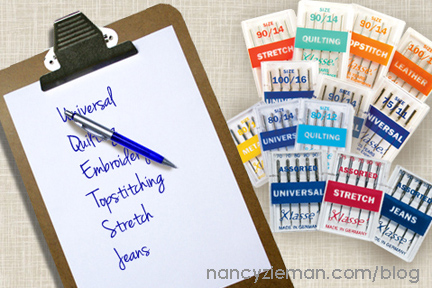

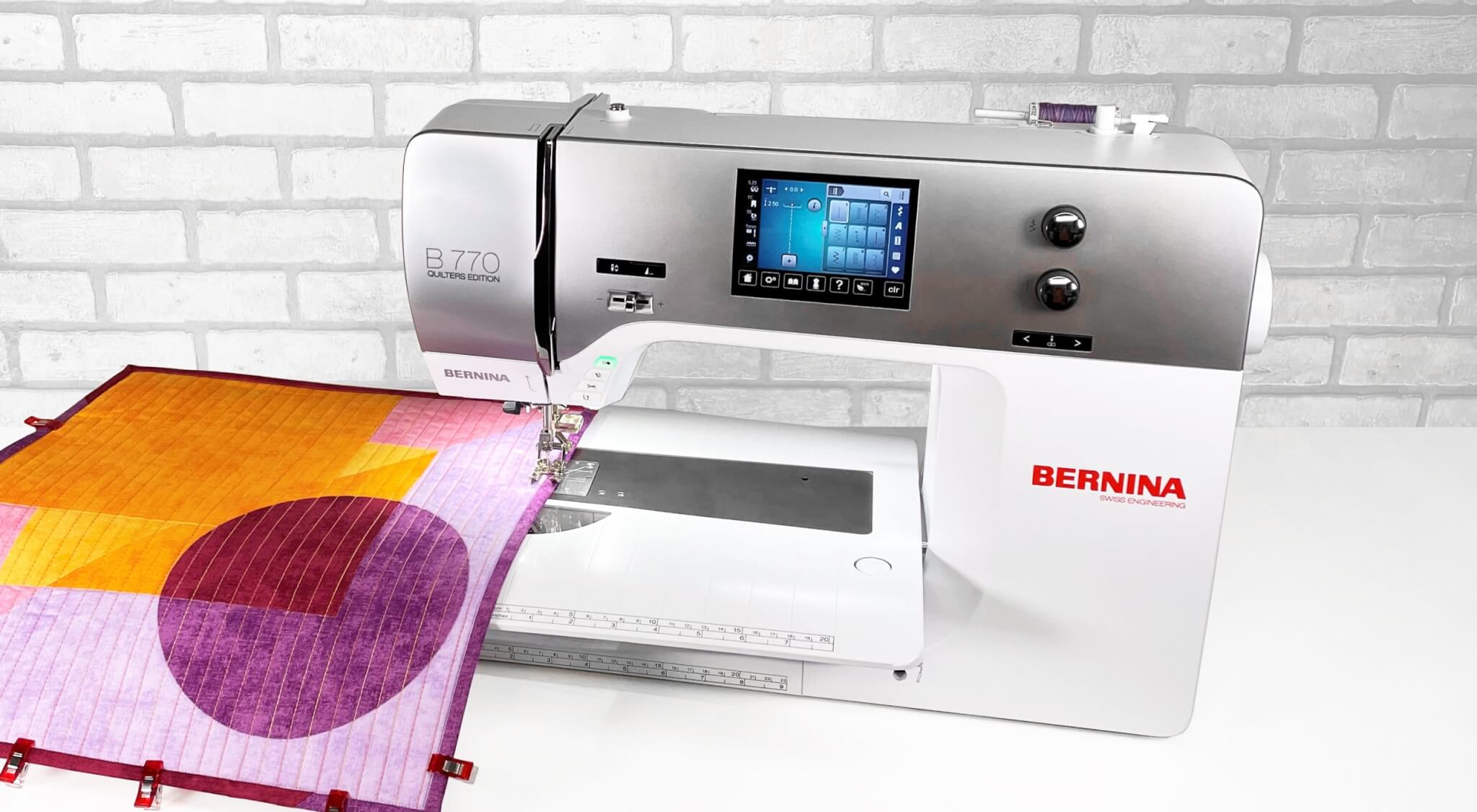
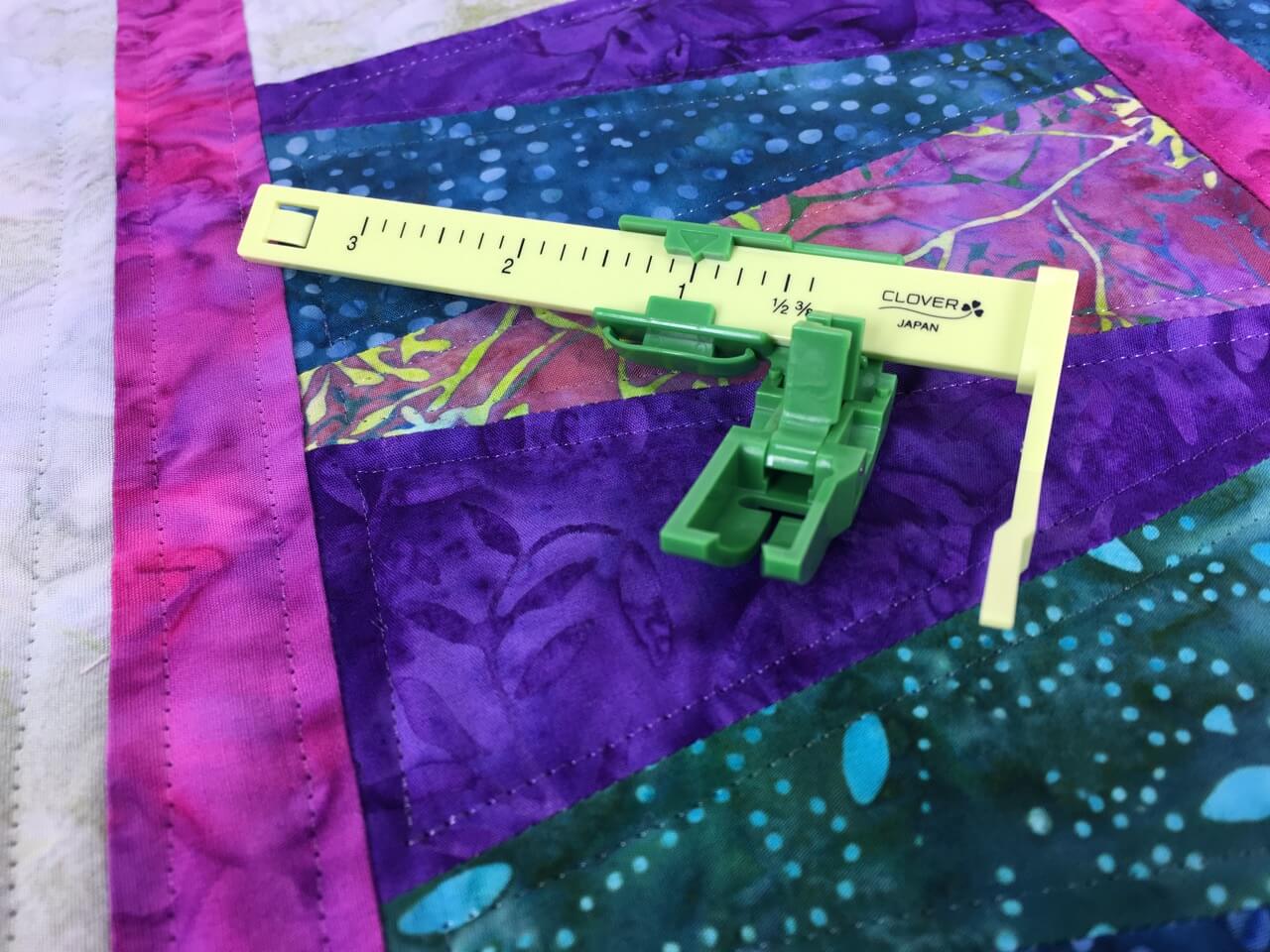

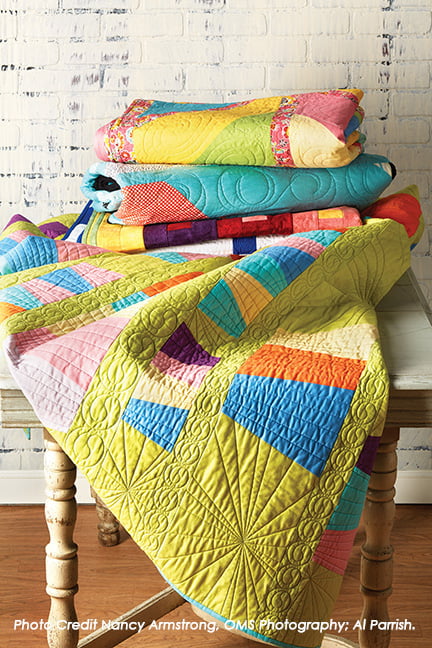

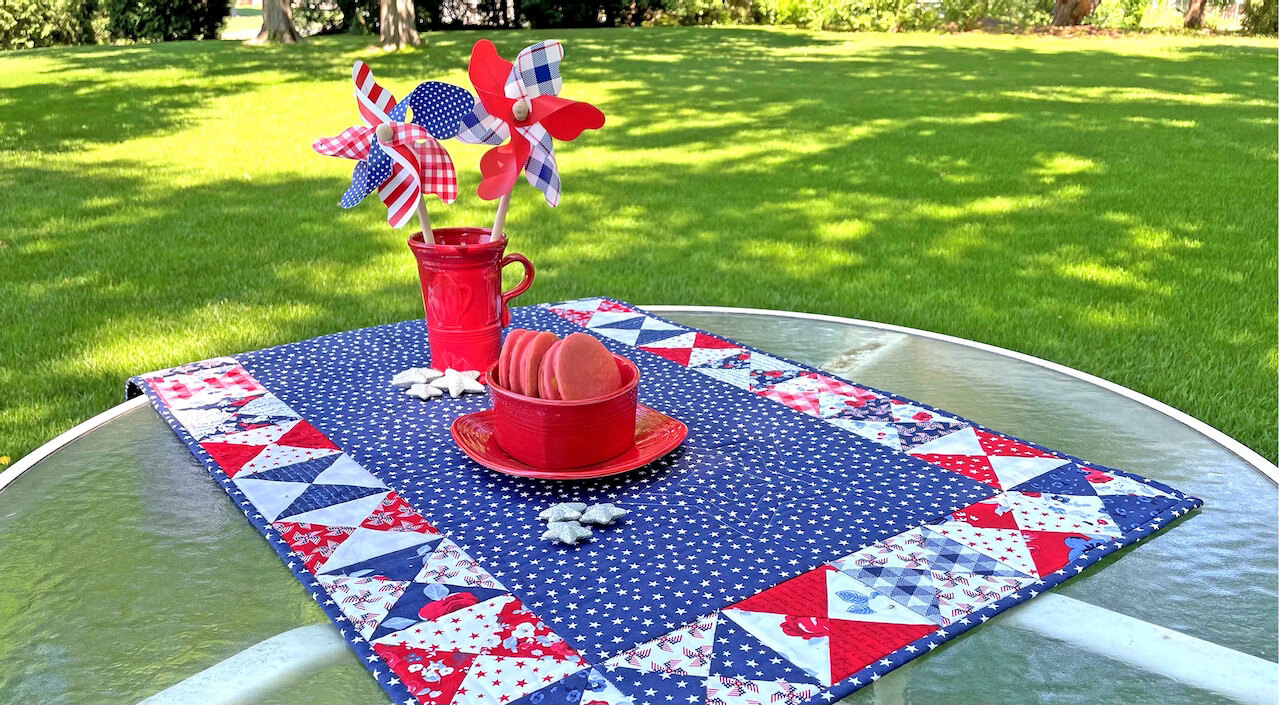
Marla Cooprider
Some good tips, but with all due respect I would never use canned air to clean my machine. I do have a top of the line Janome machine. My dealer, who services my machines, would tell you never, ever use canned air. There are special attachments for sweepers that can get into small areas around the bobbin case. Canned air can make that lint go further into the machine.
Emily Jansson
Marla, you’re right on the money–that’s why we stress that the owner’s manual be read thoroughly for each machine. 🙂
Dawn
Also a good time to reorganize your fabric. After all year of pulling fabric to match with something else and then not using my fabric gets to be a mess, so I go thru and refold or re-stack so I ready to plan the next project. Also pull fabric that you decided you don’t care for and donate or put in yard sale.
Melanie
Along with spring cleaning comes the difficult task of cleaning out fabric. Any guidance to help make it easier? Also do you have a list of charities in the Chicagoland area that need fabric? I would appreciate any suggestions you might have.
Thank you!!
Emily Jansson
Melanie, this is an excellent question–I’ll do some digging and report back–stay tuned! 🙂
Emily Jansson
Hi Melanie!
I spoke with someone at TheWasteShed.com in Chicago–they will take anything over 1/2 yard of fabric, as well as fat quarters.
Chris, above, suggested the following site, which sells goods made by refugee women:
http://www.renewproject.org
483 N. Main St., Glen Ellyn, IL 60137
630.547.2176
I would also suggest thinking about what cause is closest to your heart, and find a charity in your area from the list below (my guess is, just about any one of them would love your fabric!):
http://www.nancyzieman.com/blog/nancys-corner/volunteer-sewing-groups-where-fabric-is-always-welcome/
We’d love to hear where you choose. Shoot us another comment if you find a good home for them. Thanks very much! 🙂
Martha Davis
I keep an empty TicTac box in the end of the box I keep my pins in. It’s great for old needles and bent pins because I can just fasten the lid and pitch it when it’s full.
Emily Jansson
Oh, that’s a great idea Martha! I will use that in my travel sewing case–it’s the perfect size. And so much more convenient with that little flip lid…
bobbie Calgaro
Funny, we had a lot of snow over the weekend and this is exactly what I did, tried to go through fabric to see what could be donated, looked at a lot of things that were out of control. Notions, embroidery thread etc. some things are unlikely to be used again and they just end up taking up room.
Kim H
We always recommend against using canned air on sewing machines in the dealership where I work. We have seen some machines come in jammed due to the packed in lint from people who have used canned air. The only place I use it is on my serger which has two doors that open. I aim the air in one door and out the other.
Emily Jansson
Kim, I’ve heard the same thing from certain dealers. Some machines are set up so that canned air is the only way to clean out some areas (thread channels in industrial machines, etc.).
My rule of thumb is, if you’re not sure, don’t do it. 🙂
Cindy Breene
I also go through and tidy up my sewing table. I give my machine(s) a good cleaning on the outside too. Never spray your machine with anything, but use a cloth and clean that way. I have a lot of supplies at the back of the table in plastic organizers, and it’s amazing how many things get left out in between projects! It’s nice to sit down to a clean and organized space!
Starla
Great reminder — thanks!
Jeani
I use a q-tip to clean around the bobbin case and any other nooks and crannies. It works like a charm, and doesn’t leave any fuzz.
Marilyn
I’ve had several sewing machine repairman tell me that canned air should never be used to clean a machine. The propellant deposits humidity which is not good for the working parts. A vacuum cleaner nozzle fitted with the top from a ketchup squeeze bottle works fine for the hard-to-brush areas.
Emily Jansson
Wow Marilyn! That ketchup bottle tip on the end of a vacuum hose is a fantastic idea!
Liane
Another thing to clean up are Ufo’s. Make a quilt or an other project out of them or git rit of it. The same for orphan blocks. Make a plan, put the plan with the fabric in a zipper-back and put on a place where you can see it. 🙂
Emily Jansson
Liane, this is a very good tip. Finishing a UFO or two always clears up my psyche! 😉
Linnie Middleton
No tip but I want to thank all of you I have gotten so many ideas to try and what not to do.
Nina
I do not recognized the Sharps sewing machine needles. Could you please explain them to me.
Nina
Emily Jansson
Hi Nina,
Sharps are used on tightly-constructed fabrics like Ultrasuede, microfiber, or faux leather. They do not sport a blade like the leather needles, but they have a much sharper point to penetrate these fabrics without creating a slit that could potentially tear the fabric once it’s sewn (as a leather needle may).
Sharps are also used in heirloom sewing–the needle will fall through the fabric with less resistance, maintaining the straightest stitches possible.
There’s a little more info here:
http://www.nancysnotions.com/product/klasse+needle+sharps+size+60-8.do?extid=nzbgp&code=NNOADV-1310
Good question! 🙂
kate
Thanks for the info Emily, by coincidence, 8, February is
Harikuko – Needle Memorial Service in Japan. It’s a Japanese tradition where you take your broken needles to a temple and bury them in tofu, to show respect for their hard work and good service to you.
Emily Jansson
Oh my goodness, that is a lovely tradition! I had never heard of that–think I’ll have to read more about it. Thanks Kate! 🙂
Chris
Re: to make fabric donations in Chicago area
Fabric donations for store selling refugee women’s creations:
http://www.renew project.org
483 N. Main St., Glen Ellyn, IL 60137
630.547.2176
Chris
Fabric donations for store selling refugee women’s creations:
CORRECTED WEBSITE:
renew project.org
483 N. Main St., Glen Ellyn, IL 60137
630.547.2176
Debe
For my old needles I use the packages the needles come in. I scratch an X on the front & when full I dispose of them. You can usually pack 2 more in a case & it still shuts.